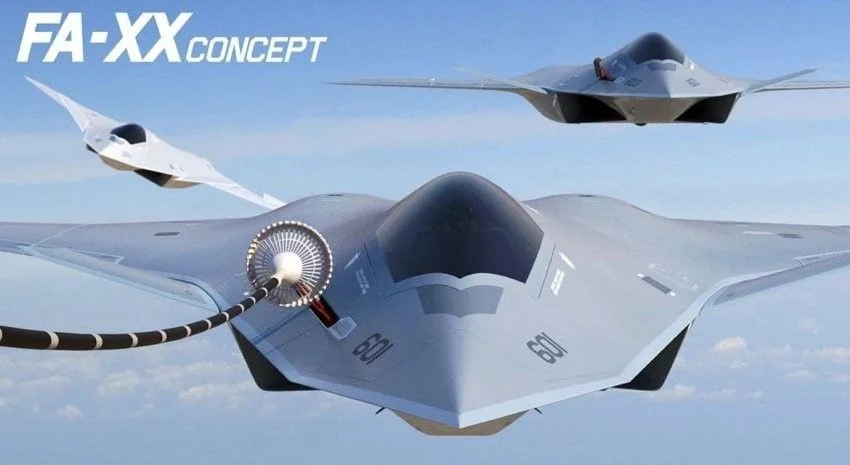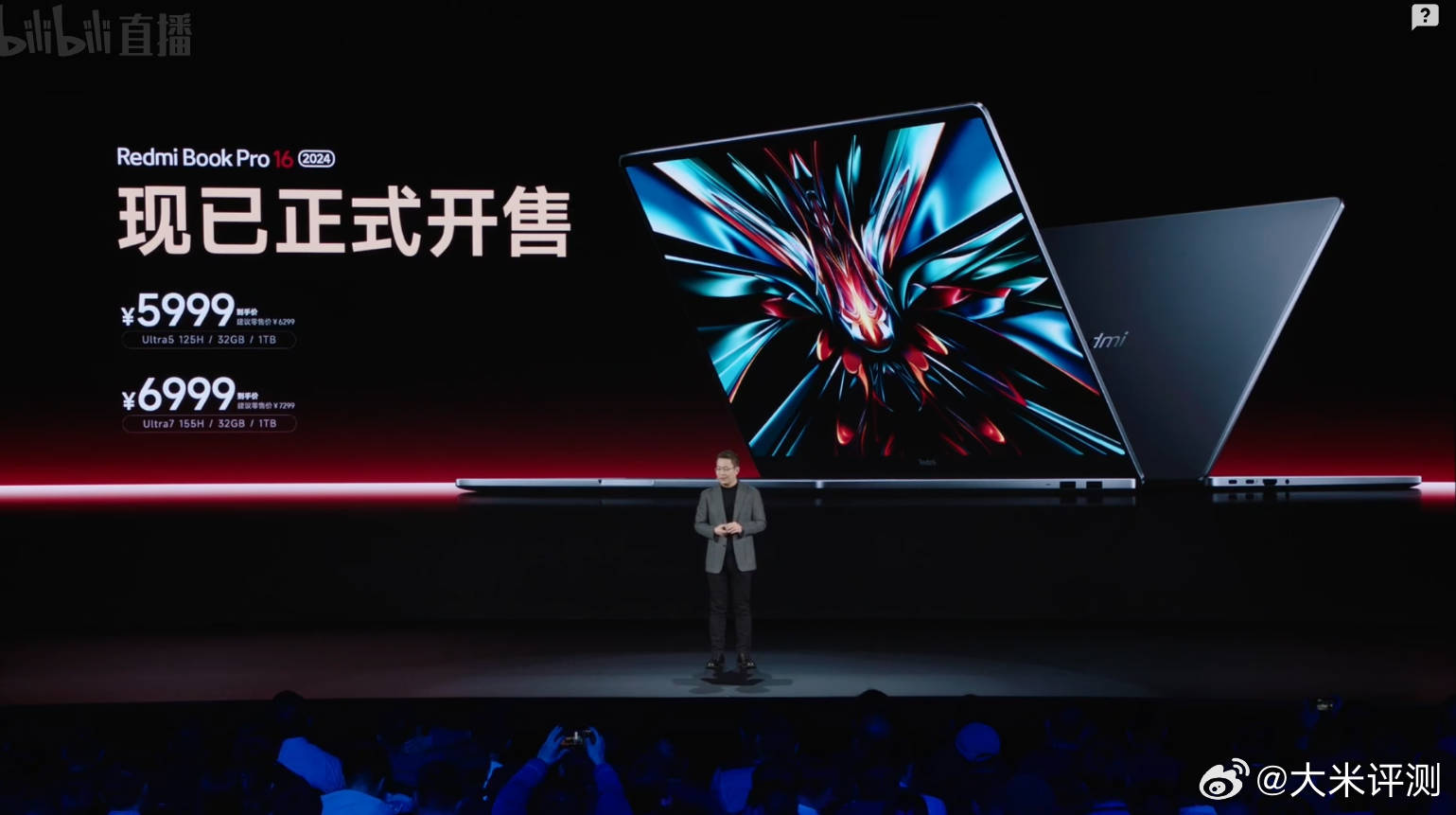The American army does not even disclose the general tactical and technical characteristics of the new 6th generation fighter. However, it is known that the new warplane must be multi-purpose, capable of conducting air combat and hitting ground targets, as well as being able to fly long distances with a significant stock of weapons on board.
The NGAD Next Generation Air Dominance Program is a U.S. Air Force project to develop a family of aircraft systems that includes fighter jets, unmanned aerial vehicles, and other platforms.
Pratt & Whitney announced the completion of a critical next-generation adaptive propulsion (NGAP) evaluation phase with the U.S. Air Force as part of the NGAD engine design solution.
“Throughout the development process, we are digitally transforming NGAP and transforming the user experience to deliver these advanced adaptive engines quickly and efficiently,” said Jill Albertelli, president of Pratt & Whitney Military Engines Division.
The next step will be to conduct ground tests to ensure the prototypes work as intended before being implemented into prototype aircraft.
This technology is critical to maintaining air superiority; That’s why Pratt & Whitney has made significant investments in research, development and advanced manufacturing. Albertelli added that maintaining state funding for the development of sixth-generation power plants should remain a priority to support the most important stages of the platform’s development.
According to representatives of the RTX Pratt & Whitney company, the engine will have characteristics that will provide the NGAD fighter aircraft with the necessary capabilities to ensure air superiority on the future battlefield.
NGAP technologies will provide greater survivability, fuel efficiency, reliable power management and thermal regime. This is necessary to provide the necessary range, weapon and sensor capabilities, and survivability that future air superiority platforms will need to meet changing operational needs,” says RTX.
The program is progressing towards operational proficiency. While Lockheed Martin and Boeing are involved in the development of the new fighter jet, Textron and General Atomics are working on some of the aircraft’s technologies.
The Next Generation Air Domination (NGAD) program aims to create the 6th generation future American stealth fighter. While little is known about the aircraft’s exact capabilities, the Air Force wants a platform that can operate in both manned and unmanned modes. As technology advances, unmanned aerial systems are becoming more common. The Air Force is looking for something that will work with drones, not a direct unmanned aerial vehicle.













